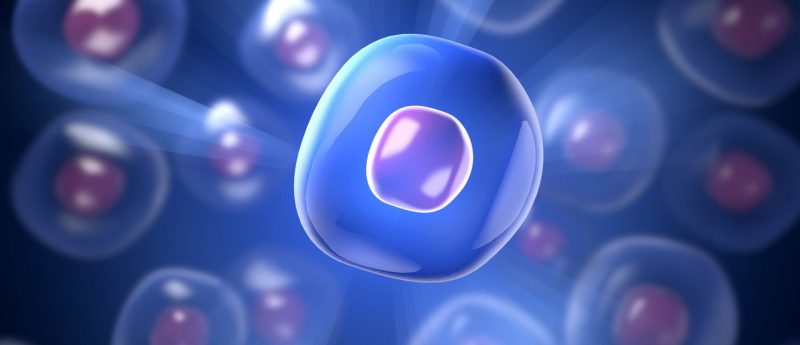Repurposing cells for new purposes

New research has shown that, in a murine model, it’s possible to turn mature cells into a completely different cell type.
A new study lead by researchers from Tel Aviv University and the Weizmann Institute of Science (both Tel Aviv, Israel) has discovered that it’s possible to repurpose mature cells into different cells with completely different functions. The research was recently published in Nature Communications.
“When cells develop, they differentiate into different organs with varying functions: bone, intestine, brain, and so on,” commented joint study leader Carmit Levy (Tel Aviv University). “Our study proves, for the first time, that this process is not irreversible. We can turn back the clock and transform a mature cell that already plays a definite role in the body into a cell of a completely different kind.”
The researchers took cells from various locations in a murine model and placed them into a solution activating microphthalmia-associated transcription factor. Using this method a stomach cell was turned into a skin cell.
“All of our genes are in all our cells, but genetic mechanisms allow them to manifest in the appropriate place while remaining dormant everywhere else,” said joint study leader Jacob Hanna (Weizmann Institute of Science). “Each cell has a kind of ‘switch’. We activated the MITF switch to create melanocytes from cells designated for other purposes.”
“Future developments based on this method may enable the transformation of one tissue taken from the patient’s own body into another tissue to replace the damaged organ, for example. Curing hearing loss is also a promising direction for this research because melanocytes are essential to our auditory system,” concluded Levy.
Sources: https://www.sciencedaily.com/releases/2017/10/171018113525.htm; Sheinboim D, Maza I, Dror I et al. OCT4 impedes cell fate redirection by the melanocyte lineage master regulator MITF in mouse ESCs. Nat. Commun. 18;8(1),1022 (2017).